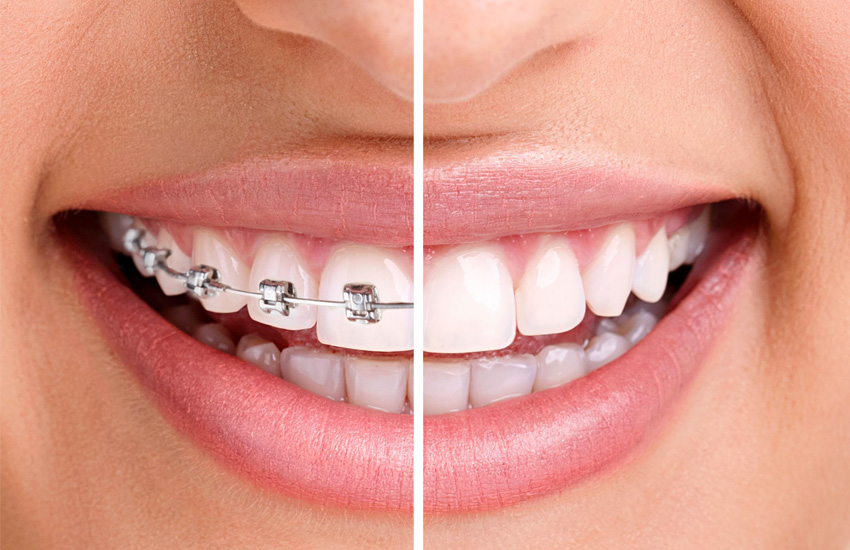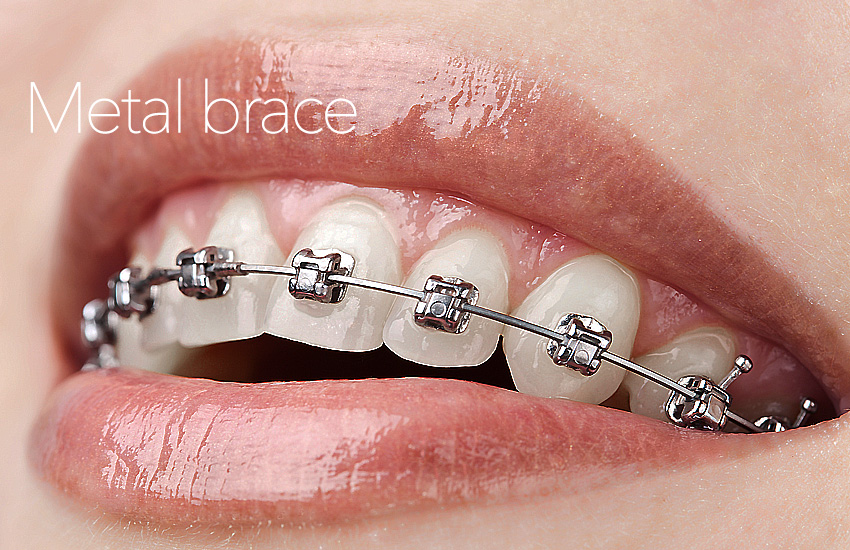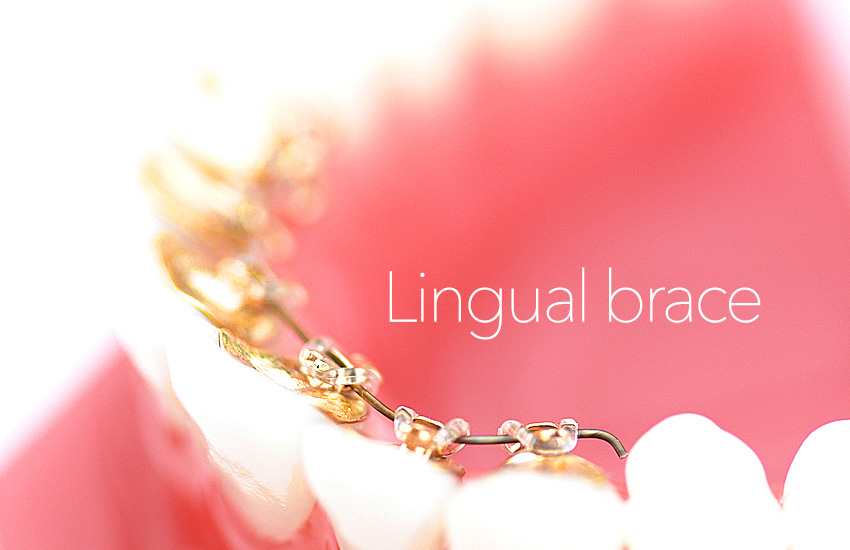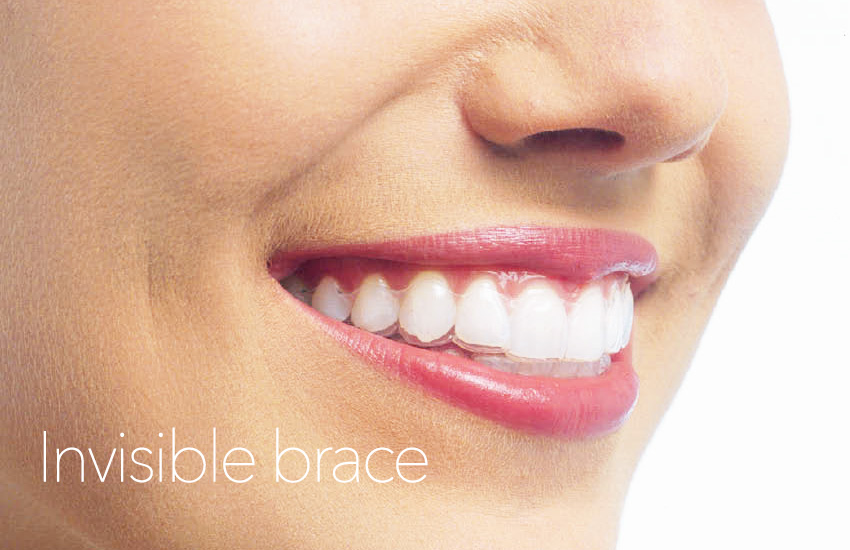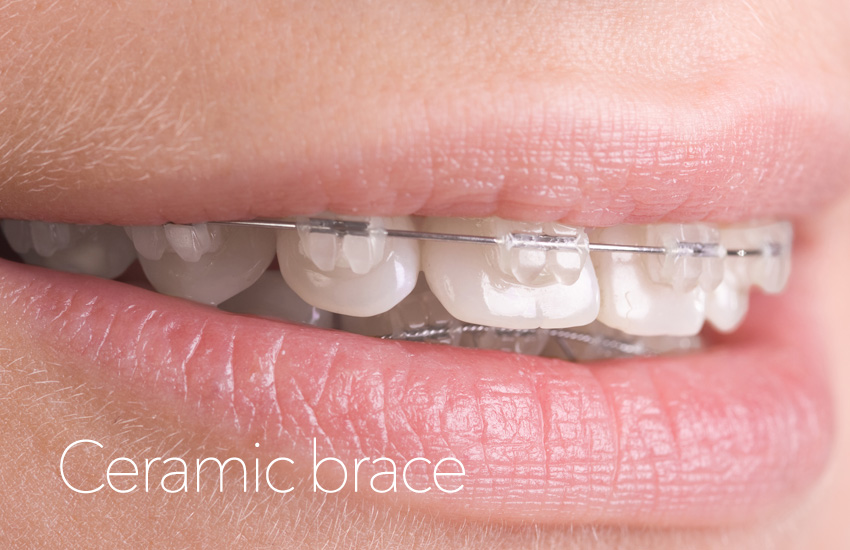Dental braces have evolved so much that you may not recognize them — or see them at all! Today’s dental braces are designed to improve your comfort without sacrificing your style.
Also known as orthodontic braces, or simply braces, are devices used in the orthodontic industry that help align and straighten teeth and help to position them with regard to a person’s bite, while also working to improve dental health. They are often used to correct underbites, as well as malocclusions, overbites, cross bites, open bites, deep bites, crooked teeth, and various other flaws of the teeth and jaw. Braces can be either cosmetic or structural. Dental braces or orthodontic braces are often used in conjunction with other orthodontic appliances to help widen the palate or jaws and to otherwise assist in shaping the teeth and jaws.
Metal braces
The most inexpensive type of braces for adults are the traditional, stainless-steel versions. Obviously, the drawback to wearing these is how visible they are. Metal braces hold a thin wire held in place with rubber bands to put pressure on the teeth and move them to the desired place.
Metal braces can irritate gums and cheeks at first. Once you have them on, you have to watch what you eat, avoiding things that can stick to the braces, such as caramel or gum. You also have to avoid eating hard food, which can move or dislodge the braces.
Lingual braces
Lingual braces are customized to bond and hide behind the teeth to remain invisible, but they cost more than metal or ceramic braces because the process is more complicated. They require a skillful orthodontist to install them, and not every orthodontist knows how to do it.
Also, lingual braces don’t work well on small teeth and get in the way of the tongue, potentially causing speech problems and injuries, so you have to learn and practice speaking with them on.
Ceramic braces
Ceramic braces cost more than stainless-steel versions because they blend in with the teeth and aren’t as visible. Also, you can choose between clear elastic ties or white metal ties to hold the braces in place.
Though the braces themselves won’t stain, the ties will easily, especially if you consume items that typically stain teeth, such as coffee. Your orthodontist will swap out the ties every time he or she adjusts the braces, which is usually every month.
Ceramic braces are more sensitive and can easily break or chip, so they require more maintenance and more time to install than metal braces, which increases the treatment time and cost.
Invisible braces
Invisible braces, such as Invisalign, cost more than any other types of braces because they are practically invisible. These braces are mainly for people without great teeth problems.
Instead of brackets mounted to the teeth, these braces are custom-fitted aligners (rubber trays) that you wear except when eating or brushing your teeth. The process involves using different aligners every two weeks to move the teeth gradually to the desired place.
These types of braces can be uncomfortable at first as the tray begins to put pressure on the teeth and you get used to them. You must also be disciplined because the success of these braces depends on you wearing the trays no less than 20 hours a day.
Why should I straighten mine/my children’s teeth?
1. Healthier teeth and gums
Correctly aligned teeth are easier to brush, floss and allow saliva to flow freely between teeth reducing the risk of cavities and gum disease.
2. Reduced risk of abnormal wear
Properly aligned teeth allow the top and bottom jaws to meet properly enabling correct chewing which can reduce stress on the teeth and stop them from cracking and wearing out.
3. Prevent damage to the jaw joints
Proper bite and alignment prevents the wearing out of jaw joints and damage to the bone surfaces. It also eliminates the headache and pain that is associated with improper bite.


